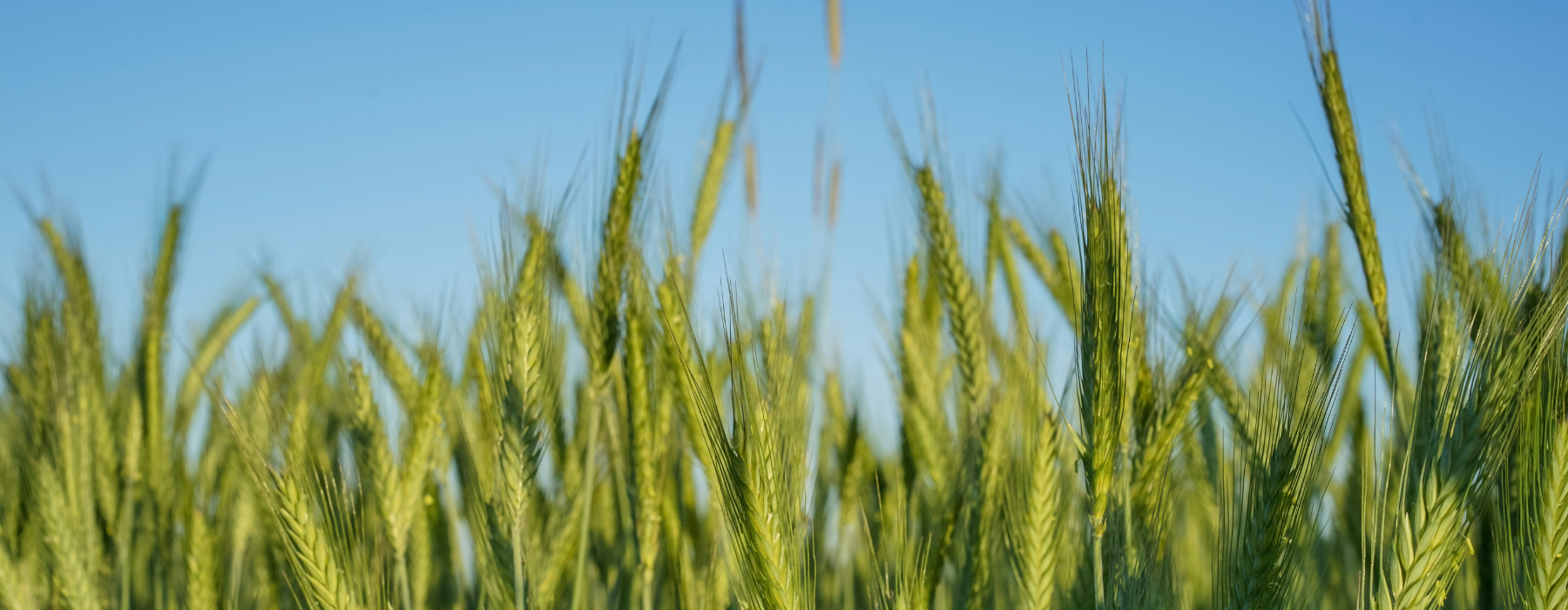
Get to know your cover crops!
Cover cropping can do more for a farm and its soils than nearly any other farming practice or input. Farmers and researchers have been experimenting with cover crops in various rotations and systems for generations and this research continues to discover more uses for various cover crops.
The primary functions or benefits of cover-cropping include:
Soil conditioning - reducing compaction and improving soil structure by sending roots deep into the soil. Improved soil structure affects how well water and nutrients are cycled in the soil.
Biomass building - increasing organic matter improves nutrient availability and uptake.
Soil and nutrient retention - preventing the loss of topsoil and valuable nutrients due to erosion or runoff.
Nutrient (specifically nitrogen) fixation and stabilization - sequestering atmospheric N and holding it in plant tissue (above and below ground) until the farmer needs it. Legumes are, by far, the most economical N source available to the organic grower.
Weed suppression - out-competing weeds and keeping them from maturing and depositing their seed and becoming management challenges in the future.
Breaking pest/disease cycles - replacing the host of a pest or disease to reduce or eliminate pest pressure in subsequent seasons.
Pollinator/beneficial insect support - providing valuable habitat and/or forage for beneficial insects that pollinate crops and help control insect pests.
With good planning and timely execution, cover crops can do a lot of work for the farmer. This time of year (early Fall), farmers across the country are sowing fields with cool-season cover crops. Planting now allows the cover crops to become established so that they can over-winter properly.
Before sowing a cover crop, consider the following:
- What is your soil pH? Set your cover crops (and subsequent cash crops) up for success by making sure that your soil pH is in the 6-7 range.
- What is your primary goal? Are you looking to add nitrogen, provide a ground cover or improve organic matter? Are you hoping to improve soil structure, suppress weeds or break a disease cycle? Prioritize your goals and select species accordingly.
- Do you plan to incorporate the cover crop? Some plants will break down more quickly than others.
- Do you want the cover crop to winter-kill or continue to grow into the Spring? Make sure you select the appropriate species for the next stage of your field plan.
A simple soil test can give you valuable information to help you answer the questions above - it’s helpful to take soil samples in the late Summer or early Fall.
Once you know what characteristics you’re looking for in a cover crop, it’s time to select what to plant.
Legumes can be divided into Summer and Winter legumes depending on when they grow best. Summer legumes include soybeans and field peas (Iron & Clay Cowpeas, 4010 Field Peas), which tend to prefer warmer soil temps. Winter legumes - including Austrian Winter Peas and Hairy Vetch, prefer the Fall and Winter to establish for early Spring growth. Legumes also include all of the clover varieties. Depending on the season (warm or cool) there will be a clover that will work for your fields. Legumes will work best when inoculated with the specific type of rhizobial bacteria for their species. Inoculation helps the cover crop grow better and fix nitrogen (the nodules that form on the root systems of legumes).
Cereals and grass cover crops include annuals such as Winter Rye, Abruzzi Rye, Barley, Wheat, Oats and Sorghum/Sudan. Sorghum/Sudangrass and oats like warmer weather, whereas wheat and rye thrive in the fall. Grasses create a lot of biomass which will increase organic matter in the soil. Fall/Winter grasses help with erosion control and will scavenge for nutrients in the soil, holding them until the following season.
Other common cover crops include Buckwheat, Brassicas (Rape seed, Mustard and Radish), Sunflowers, Chicory and many more. Buckwheat is a great quick crop between Spring and Fall cash crops. Brassicas can help with soil compaction, biomass and nematode suppression. Blooming cover crops like sunflowers, sunn hemp and chicory will attract pollinators and beneficial insects.
We’ve put together some handy charts to help you select the appropriate cover crops for your farm! (click to enlarge)
 Let us know if you have any questions as you’re selecting which cover crops to plant!
Let us know if you have any questions as you’re selecting which cover crops to plant!
Bonus: Check out these useful videos of fellow farmers and how they incorporate cover crops into their production!


Leave a comment